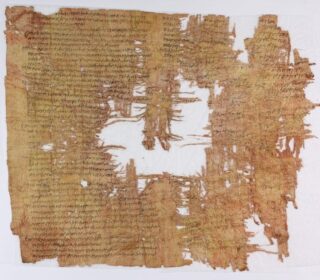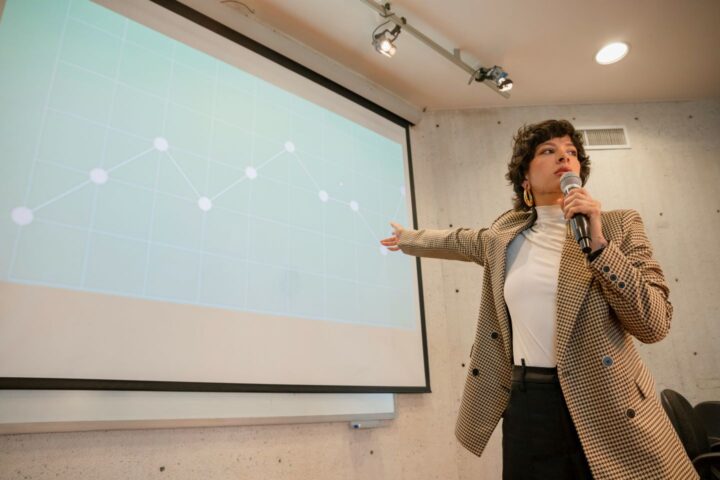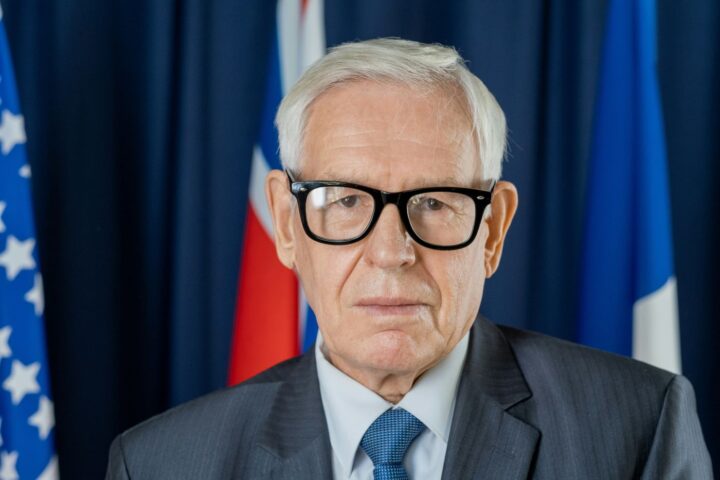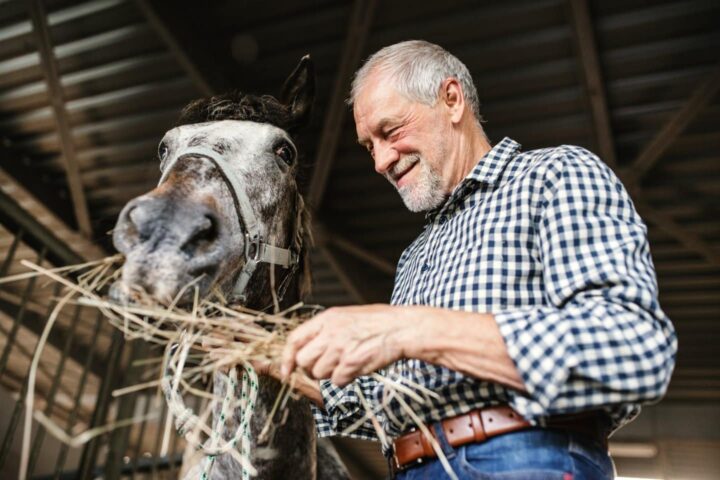String figures, a timeless tradition found across the globe, may hold the key to understanding our shared cultural heritage. A recent study by researchers from the University of Helsinki and other institutions has uncovered surprising similarities in string figures across cultures, revealing a complex history of transmission and innovation.
A Global Study of String Figures
The research team analyzed 826 string figures from 92 cultures worldwide, identifying 83 recurring designs. Their findings suggest that some figures are globally widespread, hinting at ancient cultural connections that may date back thousands of years.
Cultural Transmission and Local Innovations
The study revealed that some string figures appear in similar forms across different regions, such as the North American Arctic cultures and the Pacific region. This suggests that people have transmitted traditional string figures through migration and contact over centuries or even millennia. Additionally, some figures appear only in restricted regions, indicating both isolation and local innovation.
The Art and Math Behind String Figures
String figures are a unique example of cultural artifacts that combine art, crafts, play, storytelling, and mathematical reasoning. These traditions shared across humanity may help us understand human creativity, cognitive evolution, and the origins of mathematical thinking.
Innovations in Analyzing Cultural Artifacts
The researchers developed a computational method to create a DNA-like symbolic representation of each string figure, enabling cross-cultural comparison and the construction of their “family tree.” This method has implications for the study of other early human technologies and cultural heritage.
Implications for Future Cultural Studies
The analysis methods developed in this study can be extended to the quantitative study and cross-cultural comparison of other objects made of string, cord, thread, or rope. Digital methods and computational tools allow us to preserve and understand this cultural heritage better and ensure its transmission to future generations.
Reference
“A global cross-cultural analysis of string figures reveals evidence of deep transmission and innovation” by Roope O. Kaaronen, Matthew J. Walsh, Allison K. Henrich, Isobel Wisher, Elena Miu, Mikael A. Manninen, Jussi T. Eronen, and Felix Riede, 30 November 2024, Journal of the Royal Society Interface. DOI: 10.1098/rsif.2024.0673

















